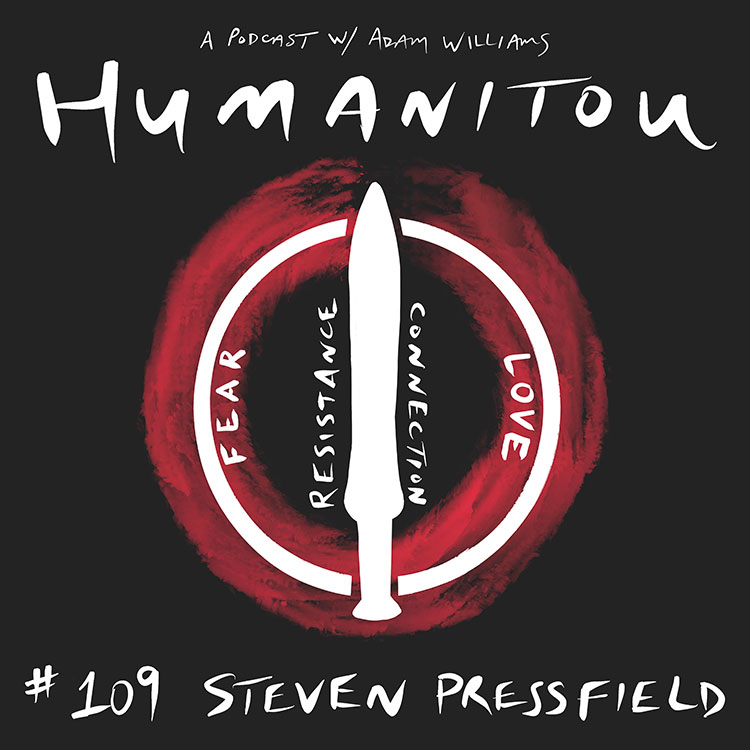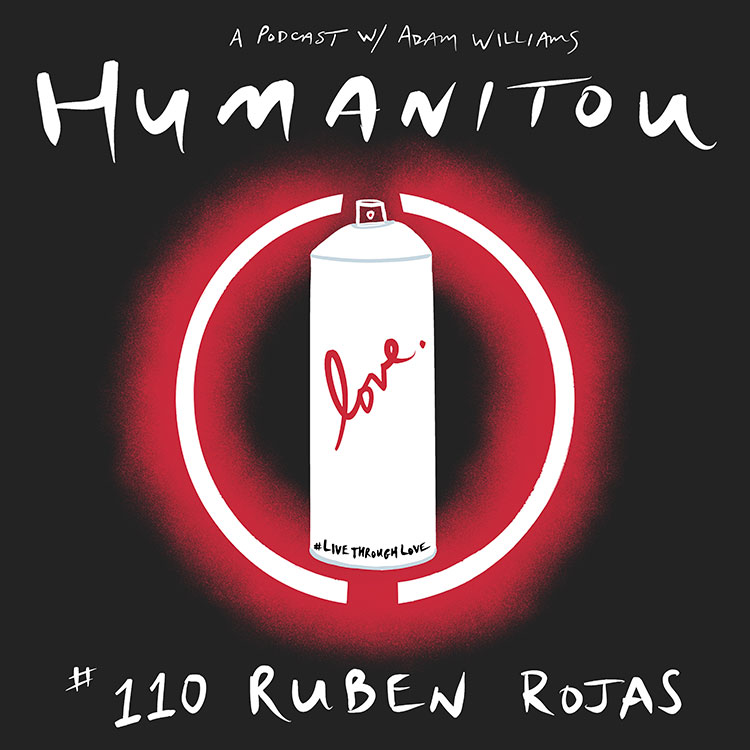Circles have been regarded and created as spiritually significant for several hundred years, at least.
They especially are connected to Buddhism. Tibetan Buddhists create mandalas. Mandala, in Sanskrit, means circle. Zen Buddhists create ensō. Ensō, in Japanese, means “circle form.”
In the first line of the foreword written by John Daido Loori for Audrey Yoshiko Seo’s book, Ensō: Zen Circles of Enlightenment, Loori writes, “As a symbol, the circle expresses the totality of our being.”
But there are varied interpretations of ensō. Such a simple symbol. So many ways of reading it. Carl Jung referred to the circle as the “archetype of wholeness.”
Loori also wrote, “Although the form of the ensō is quite simple, its essence is difficult to grasp or define. On one hand, it is just a circle painted with one brushstroke, in a single breath. On the other hand, it is the representation of the totality of the great void.
“Some say that the ensō has no fixed meaning. Others insist it encompasses and conveys a continuing and ceaseless action through all time. When an ensō painting is viewed, it communicates and can be appreciated on various levels, depending on the spiritual maturity of the viewer.”
Some descriptions of the ensō say it symbolizes enlightenment, the Universe, everything and nothing, eternity, and the perfection of all things. Including “imperfection.”
Ensō also relate to the Japanese aesthetic and philosophy of wabi-sabi, which values the beauty of so-called imperfection, and celebrates what is rather than devaluing something for what it is not.
Sometimes ensō are complete, with the line closing the circle. Sometimes not. Either way, within is mu, the void. There is nothingness, emptiness, that Buddhist concept of allowing experiences and thoughts to come and go without putting our identities, opinions and definitions on them. To witness truly, and let pass.
It’s also said that each ensō reveals the creator’s state of being.
Simplicity continues to be a practice (and a challenge) in my creative work, and in my way of being. Simple is not easy in a complex world. I waver and stray, add unnecessary layers to my artwork and overthink life. And then swing with the pendulum again when I see I’ve lost my way. Then, I start clearing away the noise and clutter again, refocusing.
Ensō is a meditative practice, a practice of being mindful about such patterns. I have come back to ensō time and again over the years. Drawing ensō combines my practices of simplicity, creativity, spirituality and connection to the circle.
It has become a frequently recurring element of my visual artwork, including in the illustrations I make for each episode of the Humanitou Podcast. The spiritual context and intention of ensō underpins each of those drawings, as you can see here:





